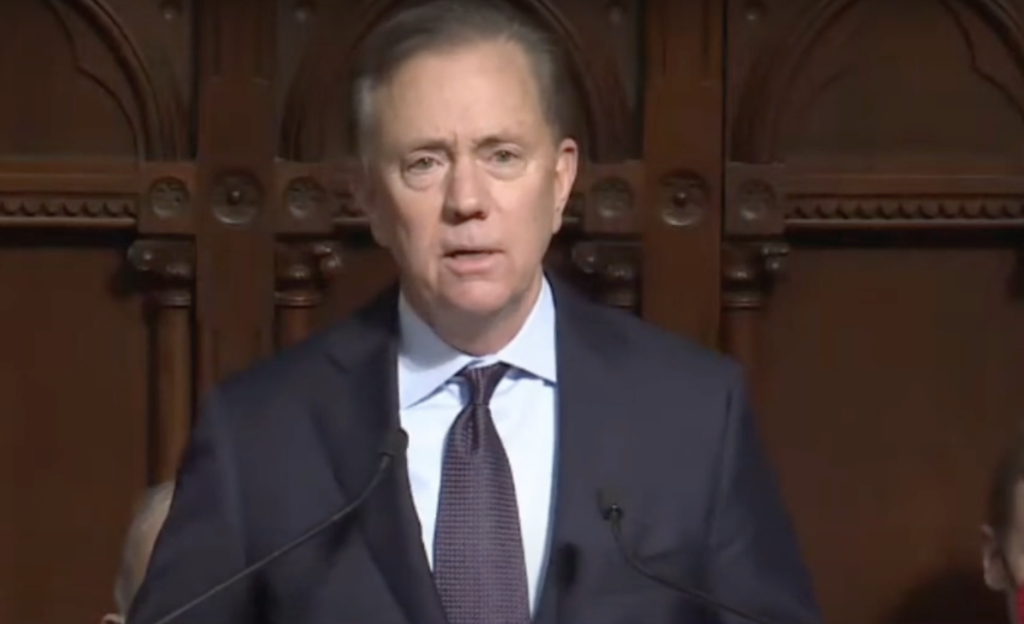Flip-flop: Gov. Lamont will end Connecticut mask mandate
(Brent Addleman | The Center Square) – Connecticut Gov. Ned Lamont said he is backing a plan that would eliminate statewide requirements that masks be worn in child care facilities and public and…

(Brent Addleman | The Center Square) – Connecticut Gov. Ned Lamont said he is backing a plan that would eliminate statewide requirements that masks be worn in child care facilities and public and private schools in the state.
The governor announced he is working with the departments of public health and education to determine whether masks will continue to be a requirement beyond the Feb. 28 deadline.
We’ve made considerable progress against Covid. Infection rates have dramatically dropped and folks across CT have many tools on hand to keep themselves safe. That’s why, as of February 28th, school and childcare mask mandates will be decided by school districts, not the state. pic.twitter.com/JU681AO9kT
— Governor Ned Lamont (@GovNedLamont) February 7, 2022
“Connecticut is seeing a dramatic decline in cases caused by the Omicron variant, and children over the age of 5 have had the ability to get vaccinated for more than three months now,” Lamont said in the release. “With this in mind, I think we are in a good position to phase out the requirement that masks be worn in all schools statewide and shift the determination on whether to require this to the local level.”
According to the state’s Department of Health, there are 2,138 new confirmed and suspected positive COVID-19 cases, with 44,789 tests administered Monday. The state’s daily positivity rate stands at 4.77%. Currently, there are 154 COVID-19 patients in hospitals around the state.
The plan, if enacted by the General Assembly, would allow local jurisdictions to decide whether to implement mask mandates, according to the release.
The governor’s emergency declaration, according to the release, is set to expire Feb. 15 and Lamont will no longer have the ability to create pandemic-related executive orders. Legislative leaders and the governor have an agreement in place that would have the legislature pass a resolution extending public health and civil preparedness emergencies and determine which of the governor’s executive orders would continue and which ones would expire.
Lamont has recommended to the legislature that the mask mandate remain in places such as health care facilities, facilities housing vulnerable populations, private and public transit, and in the state’s correctional facilities.



